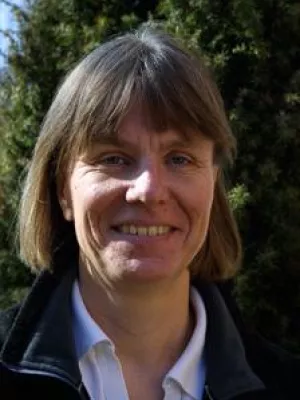
Katarina Hedlund
Professor

Primary assembly of soil communities: disentangling the effect of dispersal and local environment.
Author
Summary, in English
It has long been recognised that dispersal abilities and environmental factors are important in shaping invertebrate communities, but their relative importance for primary soil community assembly has not yet been disentangled. By studying soil communities along chronosequences on four recently emerged nunataks (ice-free land in glacial areas) in Iceland, we replicated environmental conditions spatially at various geographical distances. This allowed us to determine the underlying factors of primary community assembly with the help of metacommunity theories that predict different levels of dispersal constraints and effects of the local environment. Comparing community assembly of the nunataks with that of non-isolated deglaciated areas indicated that isolation of a few kilometres did not affect the colonisation of the soil invertebrates. When accounting for effects of geographical distances, soil age and plant richness explained a significant part of the variance observed in the distribution of the oribatid mites and collembola communities, respectively. Furthermore, null model analyses revealed less co-occurrence than expected by chance and also convergence in the body size ratio of co-occurring oribatids, which is consistent with species sorting. Geographical distances influenced species composition, indicating that the community is also assembled by dispersal, e.g. mass effect. When all the results are linked together, they demonstrate that local environmental factors are important in structuring the soil community assembly, but are accompanied with effects of dispersal that may "override" the visible effect of the local environment.
Department/s
- Biodiversity
- Evolutionary ecology
- BECC: Biodiversity and Ecosystem services in a Changing Climate
- Soil Ecology
- Theoretical Population Ecology and Evolution Group
Publishing year
2012
Language
English
Pages
745-754
Publication/Series
Oecologia
Volume
170
Issue
3
Document type
Journal article
Publisher
Springer
Topic
- Ecology
- Zoology
Keywords
- Collembola
- Colonisation
- Metacommunity
- Oribatida
- Variance partitioning
Status
Published
Research group
- Soil Ecology
- Theoretical Population Ecology and Evolution Group
ISBN/ISSN/Other
- ISSN: 1432-1939